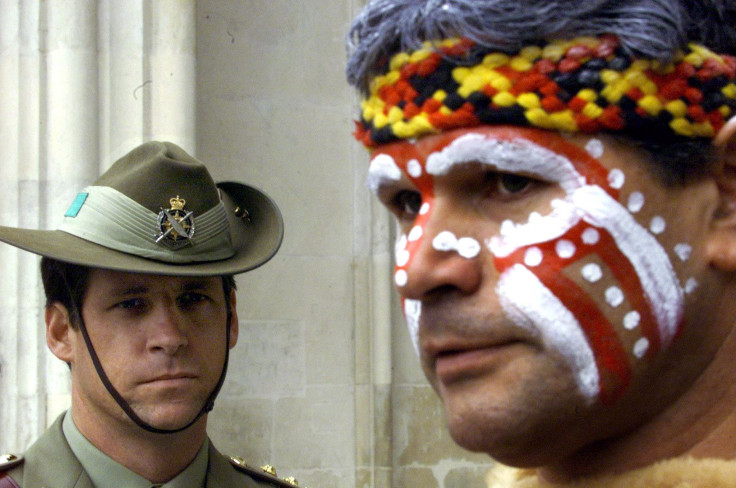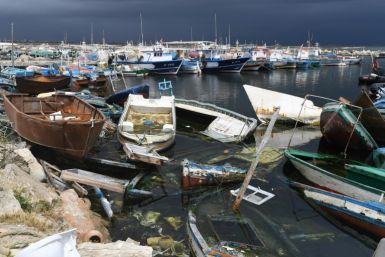Indigenous Australians accurately record sea level rises through storytelling over 7,000 years

An “extraordinary” accuracy in 21 Indigenous stories in Australia about the dramatic sea level rises between 7,000 and 18,000 years ago was discovered by scientists. In a continuous oral tradition without comparison to any other stories around the world, Australians were believed to record the 120-metre sea level increase that occurred thousands of years ago and may be passed through 300 generations until today.
In the study, published in the Australian Geographer, the researchers described the discovery as an “extraordinary thing” that will never be found anywhere around the world. The study shows that Australians are the only people with the large canon of stories faithfully telling the sea being 120 metres lower and then increasing over the continental shelf, which happened in Africa, America, Asia and everywhere.
“Our sense originally is that the sea level must have been creeping up very slowly and not been noticeable in an individual’s lifetime,” Nicholas Reid, researcher and linguist at the University of New England, told the Guardian Australia. “But we’ve come to realise through conducting this research that Australia must in fact have been abuzz with news about this.”
The researchers said that the Indigenous storytelling culture features a distinctive “cross-generational cross-checking” process, which could explain the consistency in accounts passed down by pre-literate people believed not to persist for more than 800 years. However, some scholars of oral traditions are doubtful of how accurately the stories reflect real events.
The stories may also provide an empirical proof of a post-glacial increase in sea level documented by marine geographers, the researchers argue. Some of the stories are considered based on straight facts, including those circulating in Port Phillip Bay, near Melbourne, that tell the loss of kangaroo hunting grounds; however, other stories, such as those from the Spencer Gulf in South Australia, are metaphorical.
These stories, particularly older ones, according to the researchers, tell of about an ancestral leader that punishes a clan because of its misbehaviour, taking their country by making a groove with a magical kangaroo bone for the sea to swallow up the land. The story still features the hundred-metre sea level rise.
However, with the stories overall, it was still impossible to prove Indigenous oral traditions continued unbroken over time, Reid said. But the researchers believe the contemporary features of the stories gave a clue to the reason that it may be the world’s most faithful and durable stories.
Reid explains that certain families may be able to pass the stories through generations, while being “explicitly tasked with the kin-based responsibility” for ensuring each generation knows the stories properly.
“When you have three generations constantly in the know, and tasked with checking as a cultural responsibility, that creates the kind of mechanism that could explain why [Indigenous Australians] seem to have done something that hasn’t been achieved elsewhere in the world: telling stories for 10,000 years,” Reid stated.
Contact the writer at feedback@ibtimes.com.au or tell us what you think below






